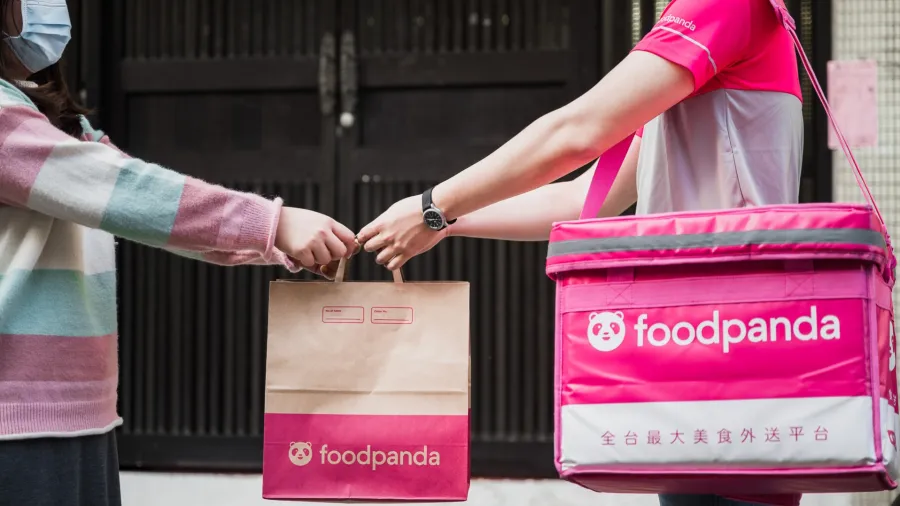
Blurring lines between online and offline retail in Asia Pacific
Foodpanda executive explains consistent service levels through efficient logistics and quality control measures.
TRADITIONAL brick-and-mortar stores in the Asia-Pacific region have transitioned from competitors to strategic partners with online platforms amidst unprecedented digital transformation.
Whilst initially viewed as competition, these stores have become partners, embracing an omni-channel approach to provide a seamless shopping experience across both online and offline channels, said Delphine Dierckx, director of Dmart Commercial and CPG Media Solutions at Foodpanda.
“Most brick and mortars, in the traditional way of looking at things, they are our competition, but they are also our partners,” she told Retail Asia. “We have quite a complementary relationship with them.”
Tech-driven growth
For Dierckx, technology lies at the heart of driving growth and enhancing customer experience in the quick commerce landscape.
“Technology supports us to get better data, gain insights into customer preferences, especially into past purchases and browsing history,” she said.
She said this technological prowess enables Foodpanda to streamline processes, from user-friendly interfaces for shoppers to optimised logistics routes, ultimately ensuring efficient and reliable service.
“In terms of time delivery, this reduces it quite a lot,” Dierckx said. “We also just launched on not just a while back a real time chat function so that our riders can connect internally with the restaurants and that really helps in terms of efficient grocery delivery or even our restaurants.”
Efficiency amidst expansion
As expectations for on-demand delivery skyrockets, Foodpanda confronts a myriad of challenges in scaling operations whilst maintaining consistent service levels.
It is through continuous optimisation and investment in staff training and technology upgrades that Foodpanda strives to stay ahead of the curve and deliver on its promise of seamless service.
“Logistics management is something that we need to work on strongly and this is a very normal delivery topic that we are working on. We need to optimise our logistics processes to handle increased order volumes,” the Foodpanda executive said.
This includes managing rider availability, finding the quickest delivery routes, and ensuring efficient warehouse operations for swift item retrieval.
She also stressed the importance of speed and maintaining quality control.
“We want to make sure we are actually having a consistent service level across different markets and we need to pay attention to the fact that they have different infrastructure and customers,” said Dierckx. “So, what we do with our staff is we train them according to the same standards.”
Looking ahead, Foodpanda has its strategic vision for growth and expansion anchored in customer-centricity and innovation.
“Our focus is on driving shopper happiness through optimised assortments, seamless delivery experiences, and affordability,” said Dierckx.
“We want to make sure our shoppers are excited to come on our platform and always find what they need… We want to make sure we are there for all types of shoppers,” she said.







![Cross Domain [Manu + SBR + ABF + ABR + FMCG + HBR + ]](https://cmg-qa.s3.ap-southeast-1.amazonaws.com/s3fs-public/styles/exclusive_featured_article/public/2025-01/earth-3537401_1920_4.jpg.webp?itok=WaRpTJwE)









 Advertise
Advertise


